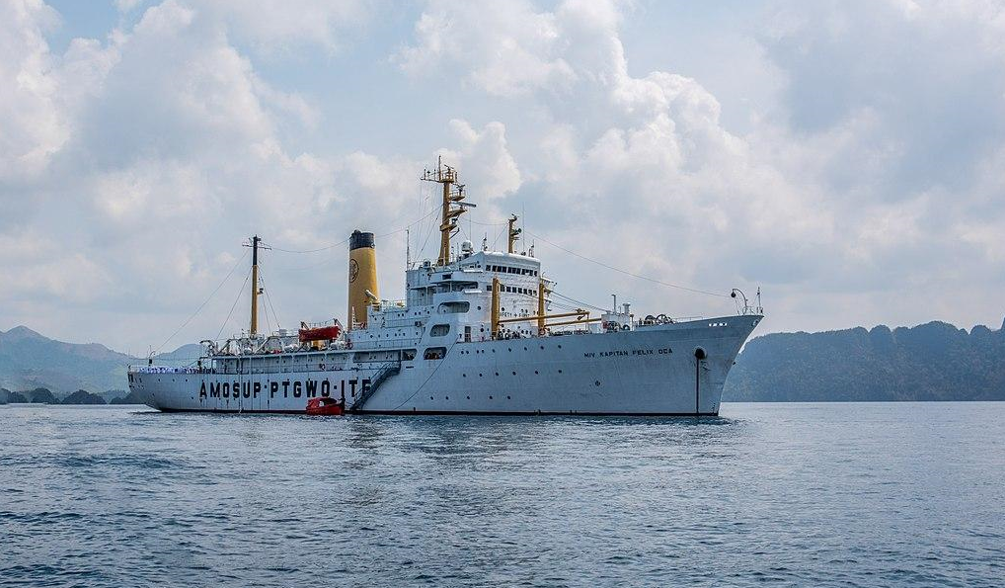P1.9 Trillion Military modernization focuses on area denial and maritime domain awareness

By Manuel Mogato | Date 02-12-2024
MANILA — President Ferdinand Marcos Jr. has approved the defense department’s revised third-phase military modernization plan to strengthen the country’s external defense posture.
Once completed, the ten-year Third Horizon modernization program would put the country’s military capabilities at par with other Southeast Asian countries.
By 2034, if the plan goes well, the Philippines will have a modern navy and air force equipped with shore-to-ship and air defense missiles, guided missile frigates, conventional submarines, air defense radars, and multi-role fighters.
Additionally, an Airborne Early Warning and Control (AEW&C) aircraft will control the multi-role fighters, whose loiter time to patrol the airspace would be extended by an air refueling plane.
Sources at the defense department said the Third Horizon modernization plan would cost the country 1.9 trillion pesos, or 180 billion pesos a year.
Congress has allocated only 50.5 billion pesos for military modernization under the 2024 General Appropriations Act (GAA), the biggest in years.
This is on top of the defense spending of 232.2 billion pesos, a 14.16 percent increase from last year’s budget.
However, almost 60 percent of the budget goes to paying salaries and pensions of the 170,000-member Armed Forces of the Philippines.
“We are not only strengthening our anti-access and area denial (A2AD) capabilities, we are also boosting our “show the flag’ operations to reinforce our claims in the South China Sea,” a senior defense official, who requested anonymity because he was not authorized to speak to the media.
“We are not aiming to match China and other claimant-states military capabilities in the South China Sea. We only wanted to build a minimum credible defense capabilities so any hostile state would think twice before attacking us.”
Currently, the Air Force and Navy have minimal capability to patrol and monitor intrusions in the maritime borders of the South China Sea.
It only has less than a squadron of light fighters and close-air support planes to interdict aircraft violating the Philippine Air Defense Identification Zone (PADIZ).
In the north, Chinese aircraft, from time to time, enter Philippine airspace when holding drills in the Taiwan Straits.
Besides two guided-missile frigates, the Navy has an old South Korean corvette. It also has three ex-US Coast Guard Hamilton-class cutters, three ex-British Royal Navy Peacock-class Off-Shore Patrol vessels, and eight missile-capable Israeli-made fast attack interdiction crafts (FAICs).
Under the modernization plan, about 48 multi-role fighters will be acquired for 400 billion pesos.
An AEW&C aircraft would cost 90 billion pesos, and close to 20 billion pesos would be spent for an air refueling aircraft.
The Air Force would also spend 40 billion pesos for additional light trainer aircraft.
Nearly 70 billion pesos were earmarked for two additional frigates and two corvettes and 16 billion pesos for several more FAICs.
The planned two diesel-electric submarines would cost nearly 100 billion pesos.
The defense department also plans to spend over 570 billion pesos on integrated anti-air, anti-ship, and land-based missile systems.
The military would acquire drones and invest 70 billion pesos in an integrated cyber system to safeguard critical military networks from potential cyber-attacks.
The Philippines has been playing catch up with major Southeast Asia countries to modernize its military.
For decades, the Philippines relied on the United States, its treaty alliance, for its external defenses as dictator Ferdinand Marcos Sr. focused on internal defense to defeat a twin insurgency from Maoist-led rebels and Muslim separatists.
It was only after Washington its two large overseas military bases in Clark and Subic, that Manila realized it has no external defense capability, operating a fleet of World War II-vintage warships and Vietnam War-era helicopters and fighters.
Former President Fidel Ramos rushed a military modernization law, but Congress was willing only to fund 50 billion pesos or a third of the spending plan.
Congress should have delivered on its promise to spend 50 billion pesos, and the government of former President Gloria Macapagal Arroyo began with a 5 billion pesos modernization budget.
The real modernization plan started in 2012 under former President Benigno Aquino III, acquiring the FA-50 from South Korea and two strategic sealift vessels from Indonesia.
Former President Rodrigo Duterte had committed nearly 500 billion pesos, overspending from the approved 300 billion pesos under the revised military modernization plan,
Marcos’ 1.9 trillion pesos is, by far, the largest and most ambitious military modernization plan, extending beyond his term until 2034.
